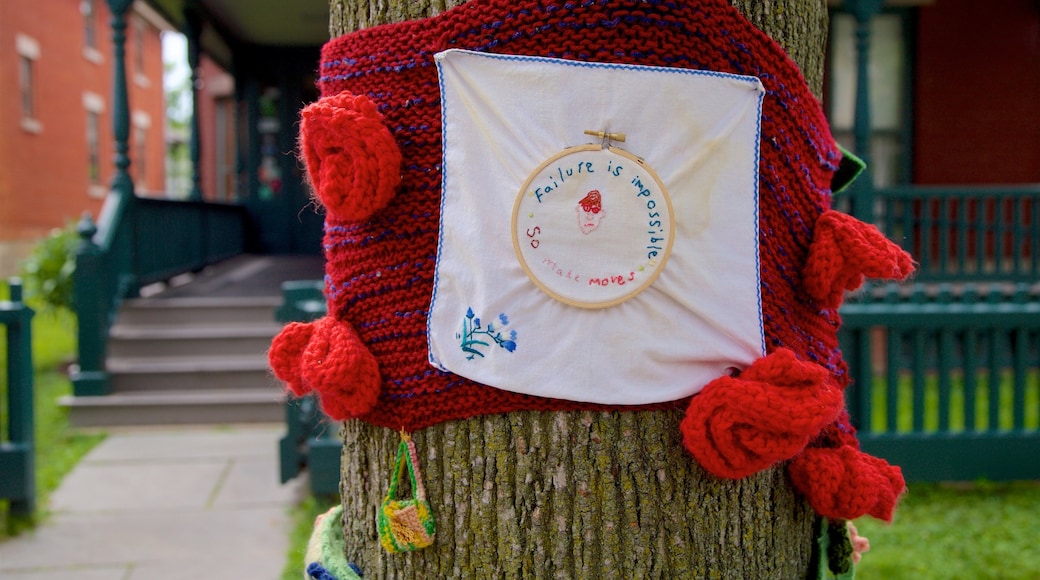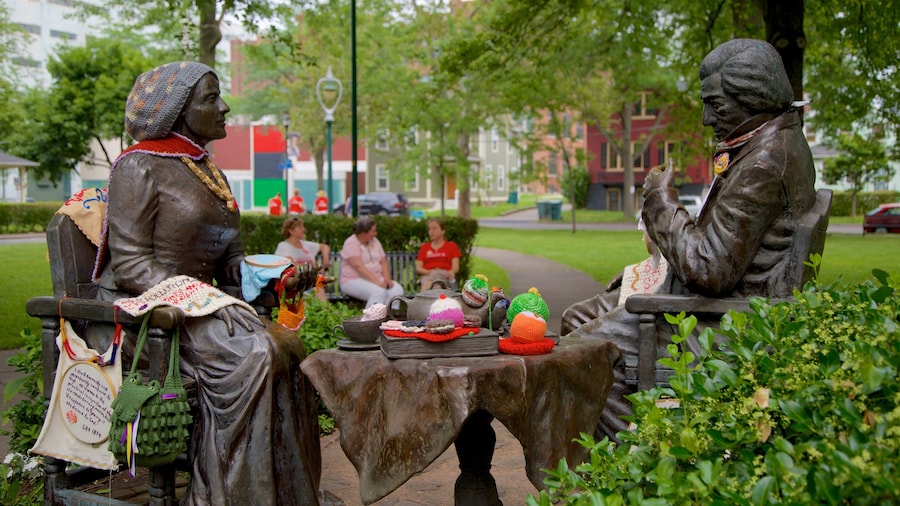An essential stop on any historical or feminist tour of Rochester, this museum is dedicated to the life and work of the United States’ most prominent suffragette.
Serving as both her home and the headquarters for the National Woman Suffrage Association, the Susan B. Anthony House has fostered history and been the site of it. Within these walls Anthony and Elizabeth Cady Stanton published their seminal newspaper, The Revolution. From here Anthony left in 1872 in the first attempt for a woman to cast a vote in the United States. Immerse yourself in her life and work in this well-restored and maintained museum.
Walk slowly down the leafy street that leads to the house. Its red Italianate façade may seem surprisingly modest for someone who has had such an outsized impact on American history.
Join a tour with one of the enthusiastic and knowledgeable docents, volunteers who know a great deal about Anthony’s life and work. Stand in the parlor where she was arrested after casting her first vote, using the 14th Amendment which defined U.S. citizens as “all persons born or naturalized in the United States” as her justification.
Look for the Singer sewing machine she once gave away as a wedding present and the desk that was given to her as a gift when she first started publishing The Revolution.
Climb up the narrow stairs to the attic Anthony added to the house in the late 1890s, where she worked on the posthumously published six-volume History of Woman Suffrage alongside Elizabeth Cady Stanton and others.
End the tour and wander down the street to Susan B. Anthony Square to sit next to the bronze statues of Anthony and Frederick Douglass, captured as they often looked as they sat down for tea.
Find the Susan B. Anthony House in the western downtown neighborhood that bears her name. Drive here in 8 minutes from Rochester’s main train station or walk in 30 minutes. Take a bus from central downtown in 10 minutes. Parking is available on the residential streets nearby.
The museum is open Tuesday through Sunday from mid-morning to early evening. There is a fee for admission, which includes the tour. Tours take place throughout the day based on the number of visitors present.


















